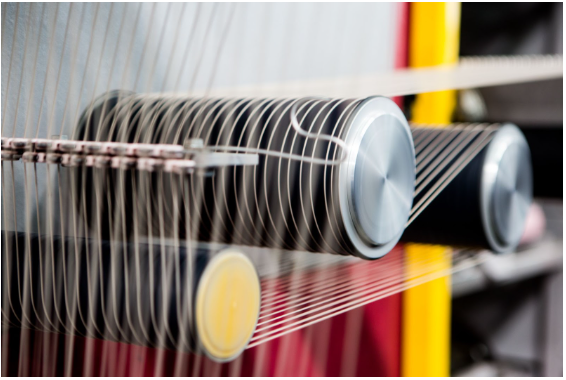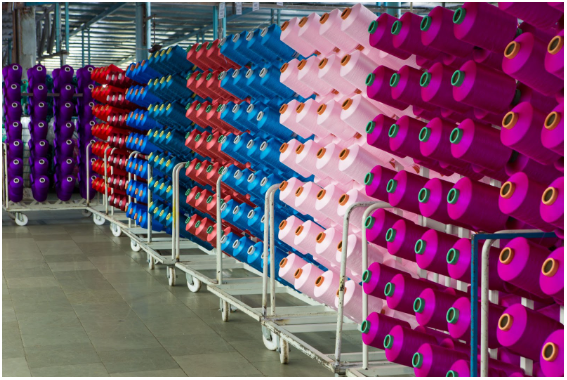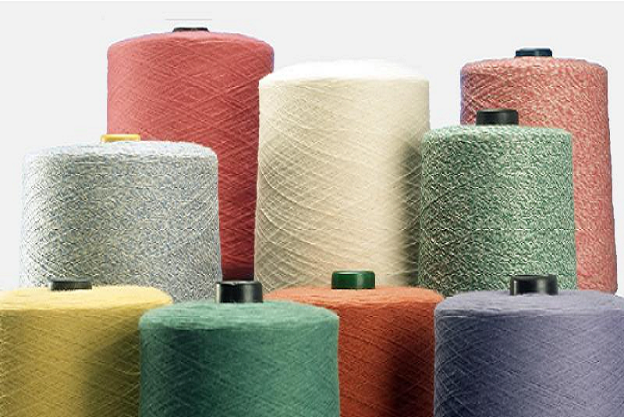In the textile and manufacturing industry, the quest for sustainability and innovation has led to the development of various yarn types, each boasting unique properties and benefits. Among these, understanding what is BCF (Bulk Continuous Filament) and how it compares to recycled polyester yarn represents a crucial step toward choosing materials that not only meet practical demands but also align with environmental goals.
This article delves into the specifics of recycled polyester yarn, highlighting AYM Syntex’s offering, Polycycle™, known for its sustainability and efficiency. It also explores the characteristics of BCF polyester yarn, with a special focus on Rezilla®, another innovation by AYM Syntex, celebrated for its durability and performance.
Key Differences Between Recycled Polyester Yarn and BCF Polyester Yarn
Material and Composition
Recycled polyester yarn, often made from PET bottles and other recycled materials, undergoes a process where plastic is converted into chips and then spun into yarn. This method emphasizes sustainability and reduces reliance on virgin resources. The production involves extruding molten polymer through spinnerets to form continuous filaments, which are then cooled and twisted, resulting in a highly durable yarn.
Strength and Durability
BCF yarn is celebrated for its exceptional strength and durability. The continuous filament structure of BCF yarn makes it resistant to pilling, fraying, and shedding, which are common concerns in high-traffic applications like carpets and upholstery. On the other hand, recycled polyester yarn also exhibits strong resistance to mechanical abrasion and chemicals, thanks to its robust processing techniques.
Environmental Impact
The environmental impact of these yarns highlights significant differences. Recycled polyester yarn boasts a lower carbon footprint, utilizing less energy in production compared to virgin polyester. This process helps in reducing greenhouse gas emissions and conserves energy. BCF yarn, while also available in recycled forms, typically focuses on the efficiency and durability in its applications but may not inherently offer the same level of environmental benefits as recycled polyester yarn unless specifically made from recycled materials.
Applications and Uses
Carpet Manufacturing
BCF yarns, especially those produced by AYM Syntex under the brand name Rezilla®, are extensively used in carpet manufacturing due to their bulkiness and strength, which make them ideal for areas with heavy foot traffic. Rezilla®’s ability to maintain the appearance over time and its availability in various thicknesses, colors, and textures cater to specific design requirements.
Automotive Uses
BCF yarns are also pivotal in various automotive applications. For instance, AYM’s Rezilla® yarns are utilized in automotive interiors where they meet rigorous standards for abrasion and stain resistance, essential for durability and longevity. The yarns are designed to be 100% recyclable, supporting the industry’s move towards sustainability.
Also Read : Polycycle – A Recycled Polyester Yarn By Aym Syntex Limited
Conclusion
Throughout this exploration, we’ve uncovered the distinctive attributes and environmental advantages of AYM Syntex’s notable contributions to the textile sector through their innovative yarns, Polycycle™and Rezilla®. Polycycle™, AYM’s recycled polyester yarn, stands out for its sustainability and reduced carbon footprint, aligning with global efforts towards environmental preservation. On the other hand, Rezilla®, AYM’s BCF polyester yarn, is celebrated for its durability and high performance, demonstrating its suitability for heavy-traffic applications and long-term use. The contrast between these two yarns showcases AYM Syntex’s commitment to meeting diverse industry needs while fostering sustainability.




